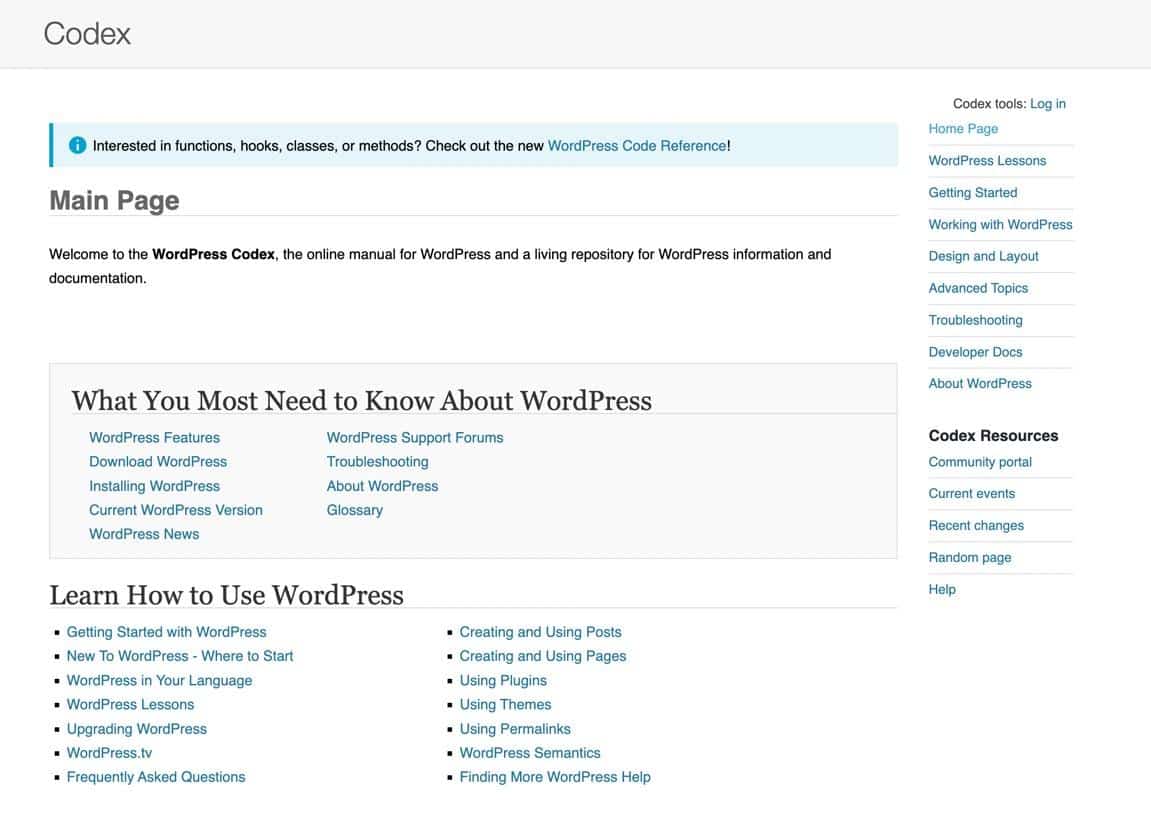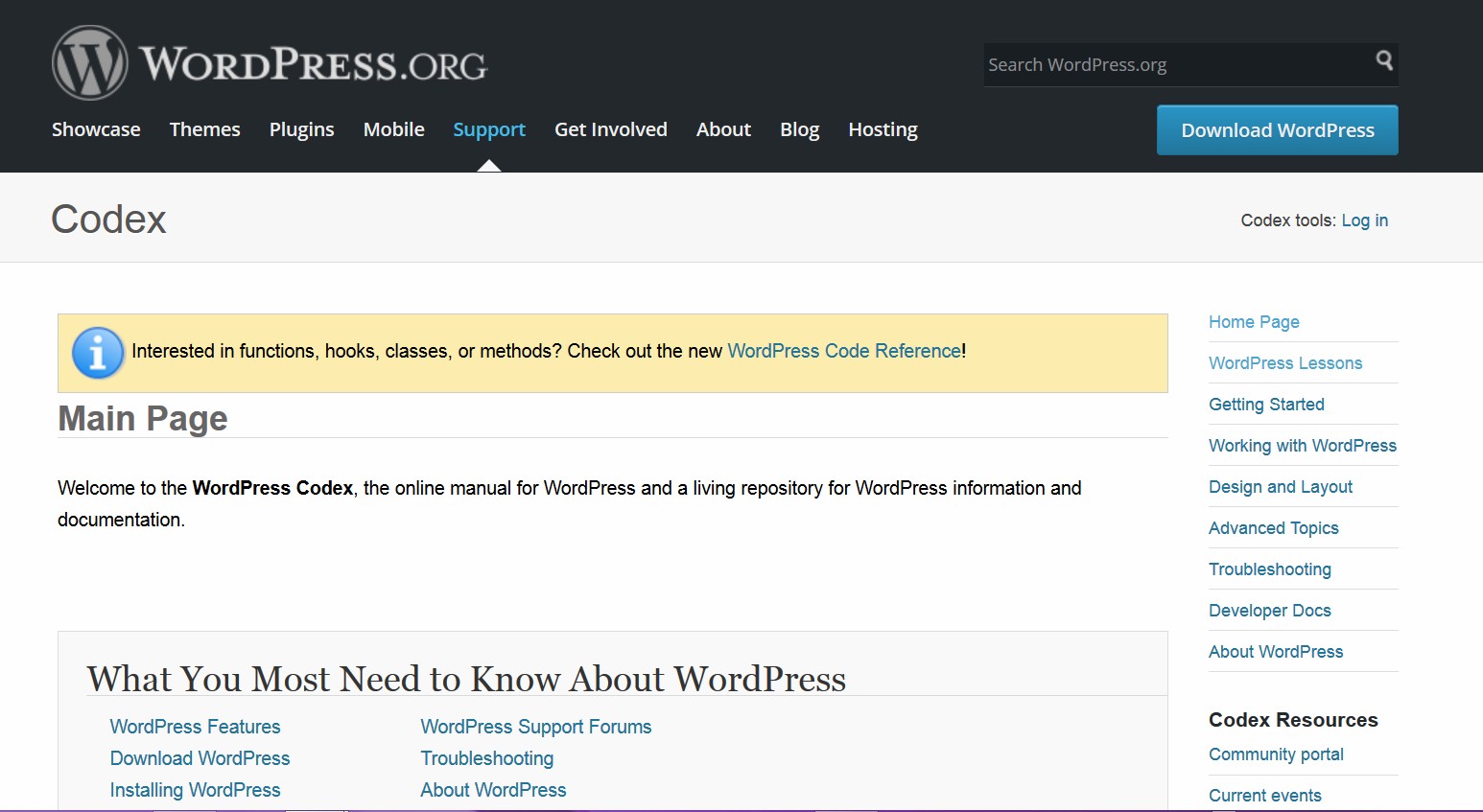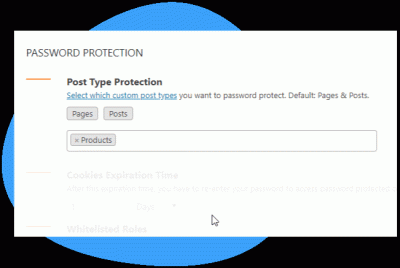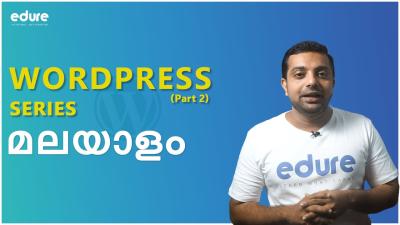If you’re diving into WordPress development or just trying to get your head around how everything works, you’ve probably come across the term “WordPress Codex.” Think of it as the official handbook that’s packed with all the essential information, tips, and resources you need to understand and work with
What Is the WordPress Codex and Its Purpose

The WordPress Codex is essentially the official online manual and documentation resource for WordPress. It’s a comprehensive repository of guides, tutorials, references, and troubleshooting tips designed to help users and developers understand every aspect of
The primary purpose of the WordPress Codex is to serve as a centralized knowledge base that empowers users to learn how to use WordPress effectively. It covers a wide array of topics, including:
- Installation and setup
- Theme and plugin development
- Writing and modifying code (PHP, HTML, CSS, JavaScript)
- Security best practices
- Performance optimization
- API references
For developers, the Codex is indispensable because it offers detailed function references, hooks, filters, and best practices. It helps ensure that your customizations are compatible with WordPress core updates and provides guidance on how to extend WordPress’s capabilities safely. Even for non-developers, the Codex is a treasure trove of tutorials and explanations that demystify how
While the Codex is an invaluable resource, it’s worth noting that WordPress has been shifting toward the newer Developer Resources site, which offers more structured and updated documentation. Nonetheless, the Codex remains a foundational reference that has guided countless users and developers through the evolution of WordPress. Whether you’re troubleshooting a plugin conflict or learning how to create custom post types, the Codex is there to support your journey every step of the way.
3. How to Use the WordPress Codex for Development

If you’re diving into WordPress development, the WordPress Codex is your best friend. Think of it as the ultimate manual that guides you through everything—from basic functions to advanced customization. Here’s how to make the most of it:
- Start with the Search Function: The Codex has a powerful search feature. If you’re looking for how to create a custom plugin or modify themes, just type your query. For example, searching “create custom plugin” will lead you to relevant articles and tutorials.
- Navigate the Hierarchy: The Codex is organized into sections like Development, Themes, Plugins, and more. Browse through these categories to find targeted information. For example, if you want to learn about theme development, head over to the Themes section.
- Use the Table of Contents: Each page usually has a detailed table of contents. This helps you jump directly to the part you need—be it functions, hooks, or API references.
- Read the Examples and Usage Notes: Most articles include real-world examples that clarify how to implement functions or features. Always review these examples—they can save you hours of trial and error.
- Check the Related Links and References: The Codex often links to other relevant articles or official documentation. Use these to deepen your understanding or troubleshoot issues.
- Contribute Back: If you discover new tips or improvements, consider contributing your findings. The Codex is community-driven, and your input can help fellow developers.
Remember, the Codex isn’t just a reference manual—it’s a learning resource. Take your time exploring different sections, experiment with code snippets, and don’t hesitate to bookmark pages for quick access during your projects. Over time, you’ll find it becomes an indispensable part of your WordPress toolkit.
4. Key Features and Resources Available in the WordPress Codex
The WordPress Codex is packed with features and resources designed to support developers at every stage of their workflow. Here’s a breakdown of the most useful ones:
1. Comprehensive Documentation
From defining core functions to explaining hooks and filters, the Codex offers detailed documentation that’s essential for understanding how WordPress works under the hood. Whether you’re creating custom themes, plugins, or integrations, you’ll find step-by-step guides and code snippets.
2. API References
The API sections provide in-depth references for:
- Function References: Details on core functions like
wp_insert_post()orget_post_meta(). - Hook References: Information on actions and filters, which are crucial for customizing WordPress behavior.
- Class References: For developers working with object-oriented programming, this section explains classes like
WP_QueryorWP_REST_Server.
3. Tutorials and How-To Guides
Hands-on tutorials walk you through common tasks, such as creating custom post types, enqueueing scripts, or developing a plugin from scratch. These guides are practical and often include sample code you can modify for your projects.
4. Theme and Plugin Development Resources
The Codex offers dedicated sections on theme development, including template hierarchy, template tags, and best practices. Similarly, plugin development guides cover security, performance, and deployment tips.
5. Community and Support Links
While the Codex itself is primarily documentation, it links to forums, support pages, and developer blogs. These communities are invaluable for troubleshooting, sharing ideas, and staying updated with the latest WordPress developments.
6. Version-Specific Information
WordPress evolves rapidly. The Codex provides information tailored to different versions, helping you ensure compatibility and leverage new features introduced in recent updates.
Summary Table of Key Resources in the WordPress Codex
| Resource Type | Description |
|---|---|
| Function References | Detailed documentation of core functions with usage examples. |
| Hook & Filter References | Information on available actions and filters to customize behavior. |
| Tutorials & Guides | Step-by-step instructions for common development tasks. |
| Theme & Plugin Development | Best practices, template hierarchy, and code standards. |
| Community Links | Forums, support pages, and developer blogs for ongoing learning and troubleshooting. |
By leveraging these features and resources, you’ll be well-equipped to build powerful, efficient, and secure WordPress sites. The Codex isn’t just a static resource—it’s a vibrant hub of knowledge that evolves with the platform, so make it a regular part of your development routine!
5. Best Practices for Navigating and Contributing to the Codex
Getting the most out of the WordPress Codex isn’t just about reading the docs; it’s about engaging with the community and contributing meaningful content. Whether you’re a newbie or a seasoned developer, following some best practices can make your experience smoother and more rewarding.
Start with the Search: The Codex is packed with information, so before diving into editing or creating pages, use the search feature. This helps you quickly find the relevant documentation or discussions related to your question or project.
Use Clear and Concise Language: When contributing, always aim for clarity. Write in a way that beginners can understand but don’t oversimplify technical details. Think of it as explaining to a fellow developer who’s just starting out.
Follow the Style Guide: The Codex has a style guide that suggests how to format content, use headings, and cite sources. Adhering to these guidelines maintains consistency across the documentation, making it easier for others to follow and contribute.
Contribute Thoughtfully: If you notice outdated info or gaps, don’t hesitate to update or add new pages. However, ensure your contributions are accurate and well-referenced. Use reliable sources and, if possible, link to official documentation or code examples.
Engage with the Community: The Codex is a collaborative effort. Participate in discussions, ask questions, and provide feedback on others’ contributions. This not only helps improve the docs but also helps you connect with other WordPress developers.
Use Version Control and Documentation Comments: When editing pages, make small, incremental changes rather than large overhauls. Use comments to explain why changes were made, especially if the edits are complex. This transparency benefits future editors.
Respect Licensing and Content Policies: All contributions should respect the licensing terms (mainly GPL). Avoid copying content from non-licensed sources without proper attribution. Also, ensure your content is respectful, accurate, and free of promotional language.
By following these best practices, you’ll not only become a more effective navigator of the Codex but also a valuable contributor to the WordPress community. Remember, the documentation is a living resource—and your input helps it grow stronger every day.
6. Benefits of Using the WordPress Codex for Developers
So, why should developers rely on the WordPress Codex? The answer is simple: it’s an invaluable resource that can save you time, boost your skills, and help you build better sites.
Comprehensive and Up-to-Date Information: The Codex covers everything from basic installation steps to advanced development techniques. It’s regularly maintained, ensuring you have access to the latest features, functions, and best practices.
Official and Authoritative: As the official documentation from the WordPress project, it’s the most trusted source for accurate info. When you need to verify how a function works or understand plugin development, the Codex is your go-to.
Learning Resource for All Skill Levels: Whether you’re just starting out or a seasoned developer, the Codex offers tutorials, code snippets, and explanations tailored to your level. It’s a great way to deepen your understanding of WordPress internals.
Community-Driven and Collaborative: The Codex isn’t static; it evolves with community contributions. This means you can learn from others’ experiences, see real-world examples, and even contribute your own knowledge.
Time-Saving and Efficient: Instead of hunting through multiple forums or outdated blogs, you can find reliable, organized information all in one place. This efficiency helps you troubleshoot issues faster and develop solutions more effectively.
| Benefit | Description |
|---|---|
| Accuracy | Official documentation ensures reliable, up-to-date info directly from the WordPress team. |
| Accessibility | Easy to navigate with search features and organized categories, making info easy to find. |
| Community Support | Learn from community contributions, comments, and discussions embedded within the docs. |
| Cost-Effective | Free resource that provides professional-grade documentation without additional costs. |
| Continuous Growth | Regular updates reflect the latest changes in WordPress core and best practices. |
In short, the WordPress Codex is like a trusty sidekick for developers—it’s there to guide you, inspire you, and help you avoid pitfalls. Whether you’re debugging a tricky issue, learning a new API, or documenting your own project, you’ll find the Codex to be an indispensable tool in your WordPress development toolkit.
Conclusion and Next Steps for WordPress Developers
Understanding Codex is a fundamental step for any WordPress developer aiming to build, customize, or maintain WordPress sites effectively. The Codex serves as a comprehensive resource that offers detailed documentation on themes, plugins, APIs, and core functions, empowering developers to write efficient and secure code. As you become more familiar with the Codex, you’ll discover how to leverage its extensive tutorials, examples, and best practices to streamline your development process.
To maximize your proficiency with WordPress Codex, consider the following next steps:
- Explore the Official Documentation: Regularly visit the WordPress Developer Resources to stay updated on the latest features and best practices.
- Participate in Community Forums: Engage with the WordPress community through forums and discussion groups to exchange knowledge and troubleshoot issues.
- Practice Building Plugins and Themes: Apply your learning by creating custom plugins and themes, referring to Codex entries to ensure adherence to standards.
- Contribute to the Codex: As you gain expertise, consider contributing by updating or expanding documentation to help other developers.
By actively utilizing the WordPress Codex and engaging with the community, you will enhance your development skills and contribute to the broader WordPress ecosystem. Stay curious, keep experimenting, and leverage the wealth of resources available to become a proficient WordPress developer.


